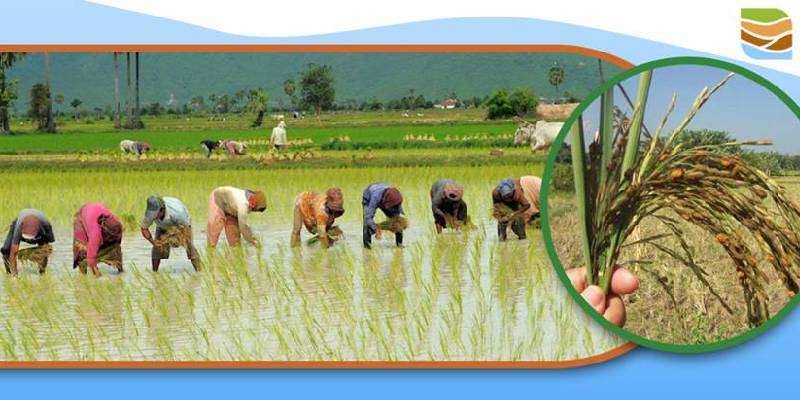Free Courses Sale ends Soon, Get It Now


Free Courses Sale ends Soon, Get It Now



Disclaimer: Copyright infringement not intended.
Context
Foot Rot
Nature of Foot Rot:
Symptoms and Spread:
Current Management Practices:
PAU's Solution: Trichoderma asperellum
Introduction of Biocontrol Agent:
Features and Benefits:
Implementation and Distribution:
Implications and Future Prospects
Economic Impact:
Environmental Considerations:
Market Influence:
|
PRACTICE QUESTION Q: Which of the following statements best describes the foot rot disease? A) It is a bacterial infection affecting the roots of cereal crops. B) It primarily affects the leaves of fruit-bearing trees, leading to premature defoliation. C) It is a fungal disease that commonly affects Basmati rice crops during the seedling stage. D) It is caused by a viral pathogen that spreads through airborne transmission. Answer: C) It is a fungal disease that commonly affects Basmati rice crops during the seedling stage. |
SOURCE: THE INDIAN EXPRESS
© 2024 iasgyan. All right reserved